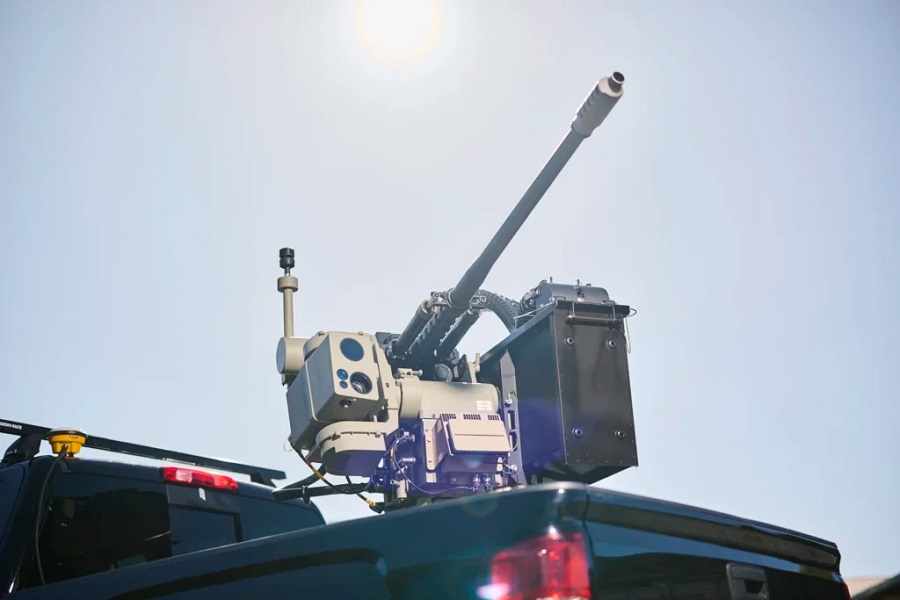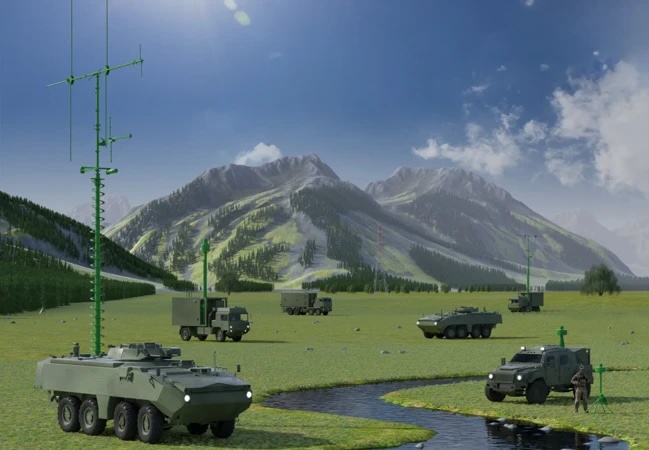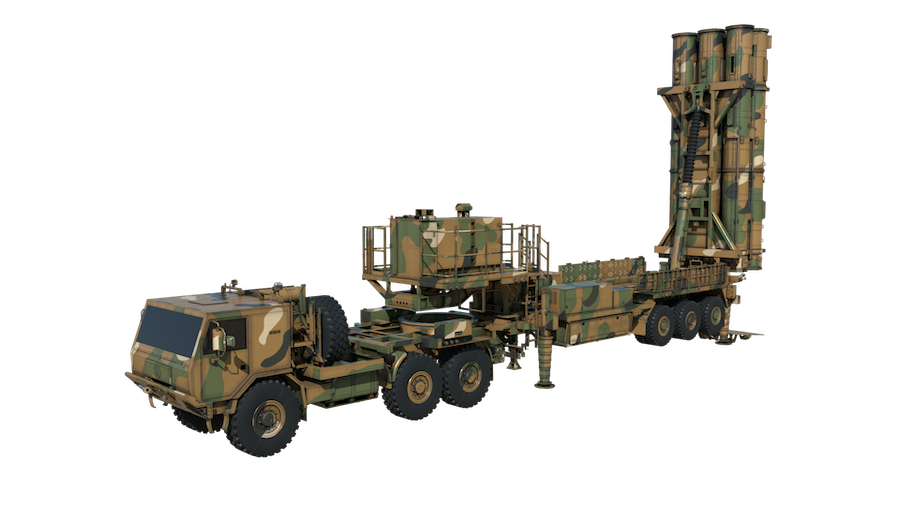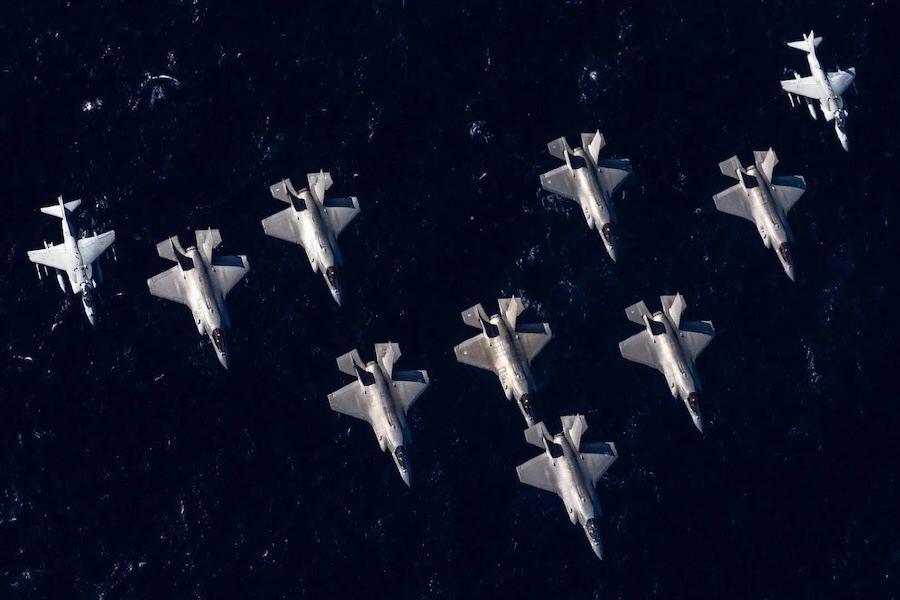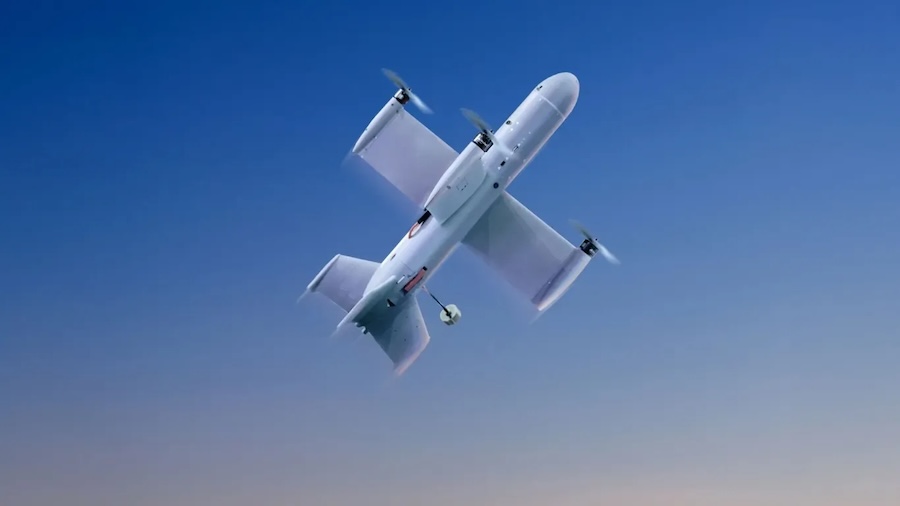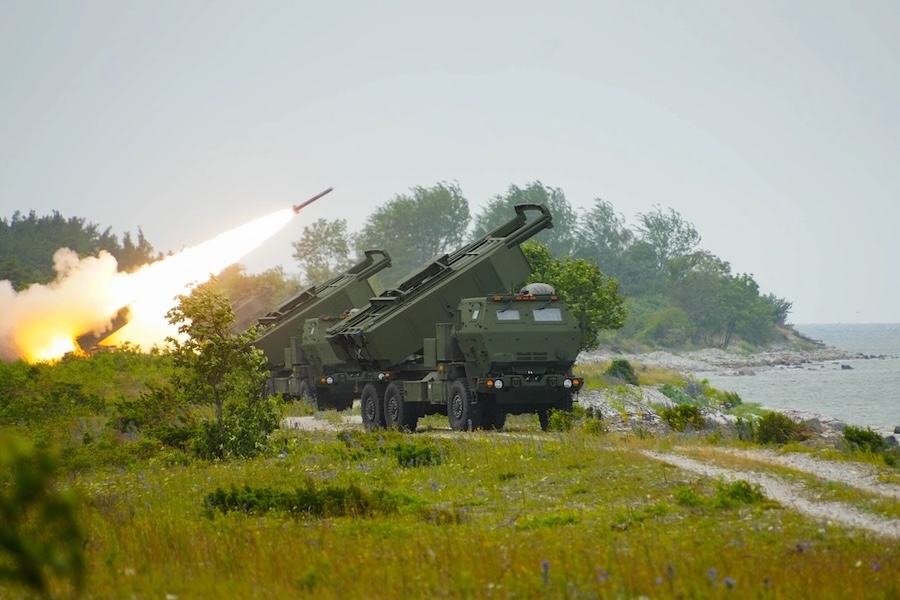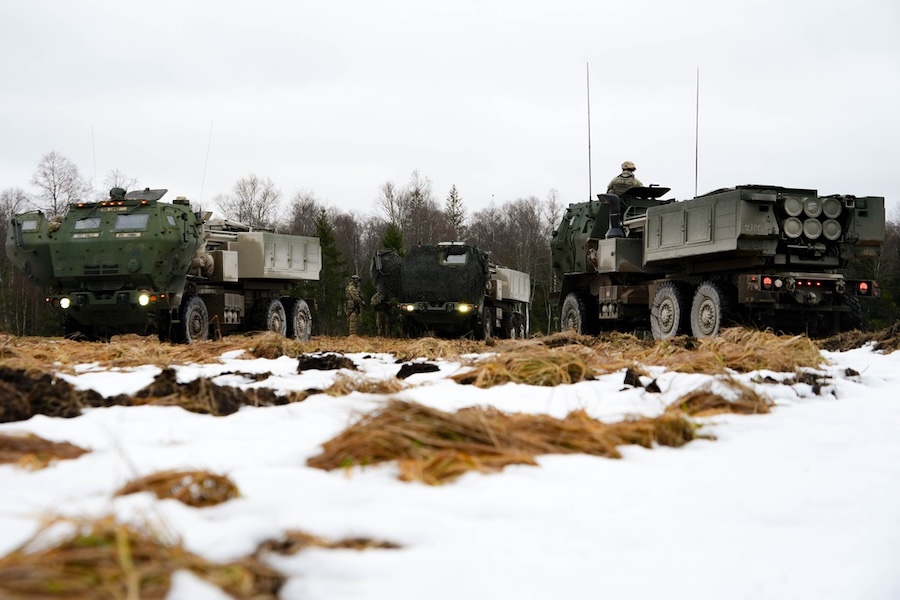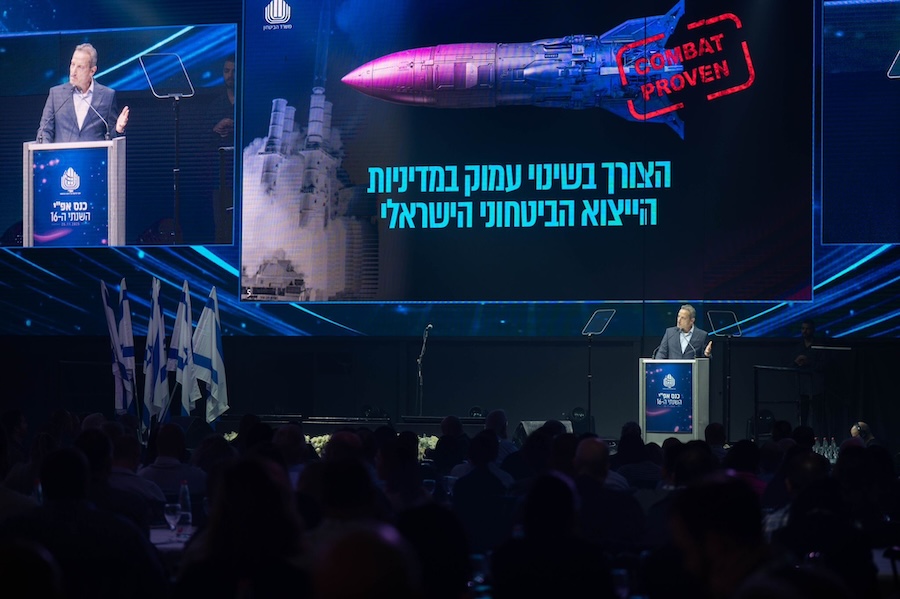Dr Schwer explains that recent battlefield experiences, particularly in Ukraine, have revealed how drone warfare has rapidly progressed. Drones are now widely available, low in cost, and increasingly autonomous. Many of them are no longer reliant on GPS or radio-frequency links, but instead operate using inertial navigation systems, onboard artificial intelligence, or even fibre-optic tether connections. These developments make traditional electronic countermeasures, such as jamming and spoofing, largely ineffective against modern drone systems.
In light of this, EOS has concentrated its efforts on so-called hard-kill solutions—technologies designed to physically eliminate drone threats. Dr Schwer highlights two principal systems in this area: the Slinger remote weapon system and a high-energy laser weapon (HELW) platform. Slinger, which is based on the R400 remote weapon station, combines advanced sensors, radar and kinetic effectors, and is mounted on vehicles. It has already been deployed operationally in Ukraine and has demonstrated its effectiveness both independently and as part of integrated defence systems.
Alongside kinetic systems, EOS is also advancing its directed-energy capabilities. According to Dr Schwer, the company is moving from the test phase to low-rate production of a 100 kW-class laser weapon system, with deployment expected from 2027. These systems are designed to be scalable up to 150 kW and can be installed on 8×8 vehicles or housed in container units. He points out that one of the advantages of laser systems is their low cost per engagement—estimated at approximately one US dollar per shot—when compared with traditional missile or rocket-based systems, which can cost thousands of dollars per use.
Dr Schwer also notes that field deployment in Ukraine has provided EOS with valuable feedback, allowing the company to refine its systems based on real combat performance. These lessons have informed improvements in targeting speed, sensor integration, and operational flexibility, contributing to the development of the next generation of counter-drone platforms.
The interview concludes with Dr Schwer emphasising that counter-drone capabilities are becoming a basic requirement for military forces, rather than a specialised feature. He anticipates that such systems will be broadly deployed across multiple levels of force structure and incorporated into layered air-defence networks.
Source: EOS.



